Life inside an Image (MUMA)
The birth of cinema is conventionally linked to the Lumière Brothers’ inaugural public screening of their first film at the Salon Indien du Grand Café in Paris in December 1895: a forty-six second sequence showing Workers Leaving the Lumière Factory. But a compatriot inventor, Louis le Prince, had been experimenting with developing stereoscopic cinematographic cameras in the years 1888–90, well in advance of the Lumière’s publicised invention. Assembling apparatuses with multiple lenses as well as single-lens cameras, Le Prince managed to produce three eight-second films. Le Prince, however, mysteriously disappeared on a train between Dijon and Paris on 16 September 1890, an unfortunate denouement which consigned him to the dustbin of history. All that remains of his filmic experiments is a twenty-frame fragment depicting a view of Leeds Bridge. We know this because the contemporary artist Matthew Buckingham has made Le Prince the subject of his own film False Future (2007), one of several screening in MUMA’s current exhibition, Life inside an Image.
Continue reading for only $10 per month. Subscribe and gain full access to Australian Book Review. Already a subscriber? Sign in. If you need assistance, feel free to contact us.



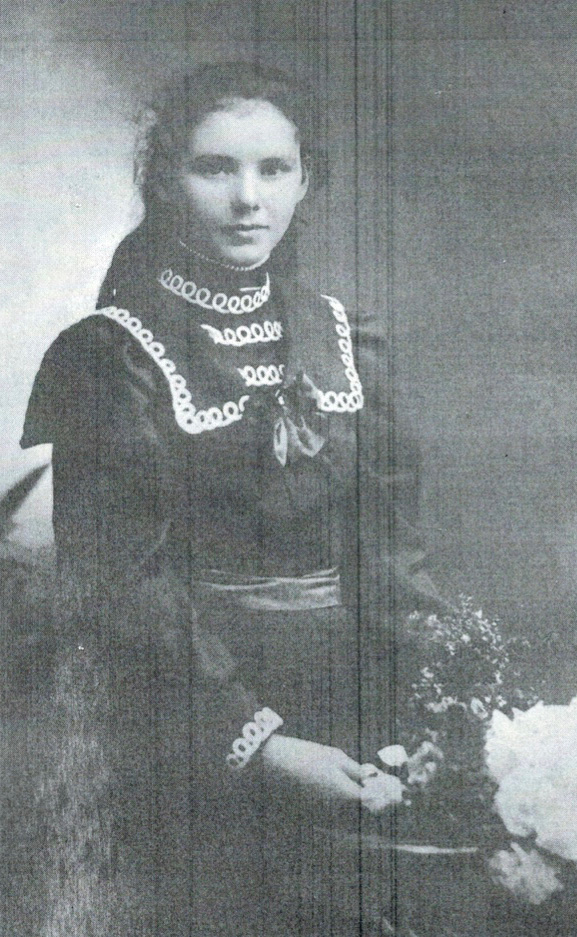
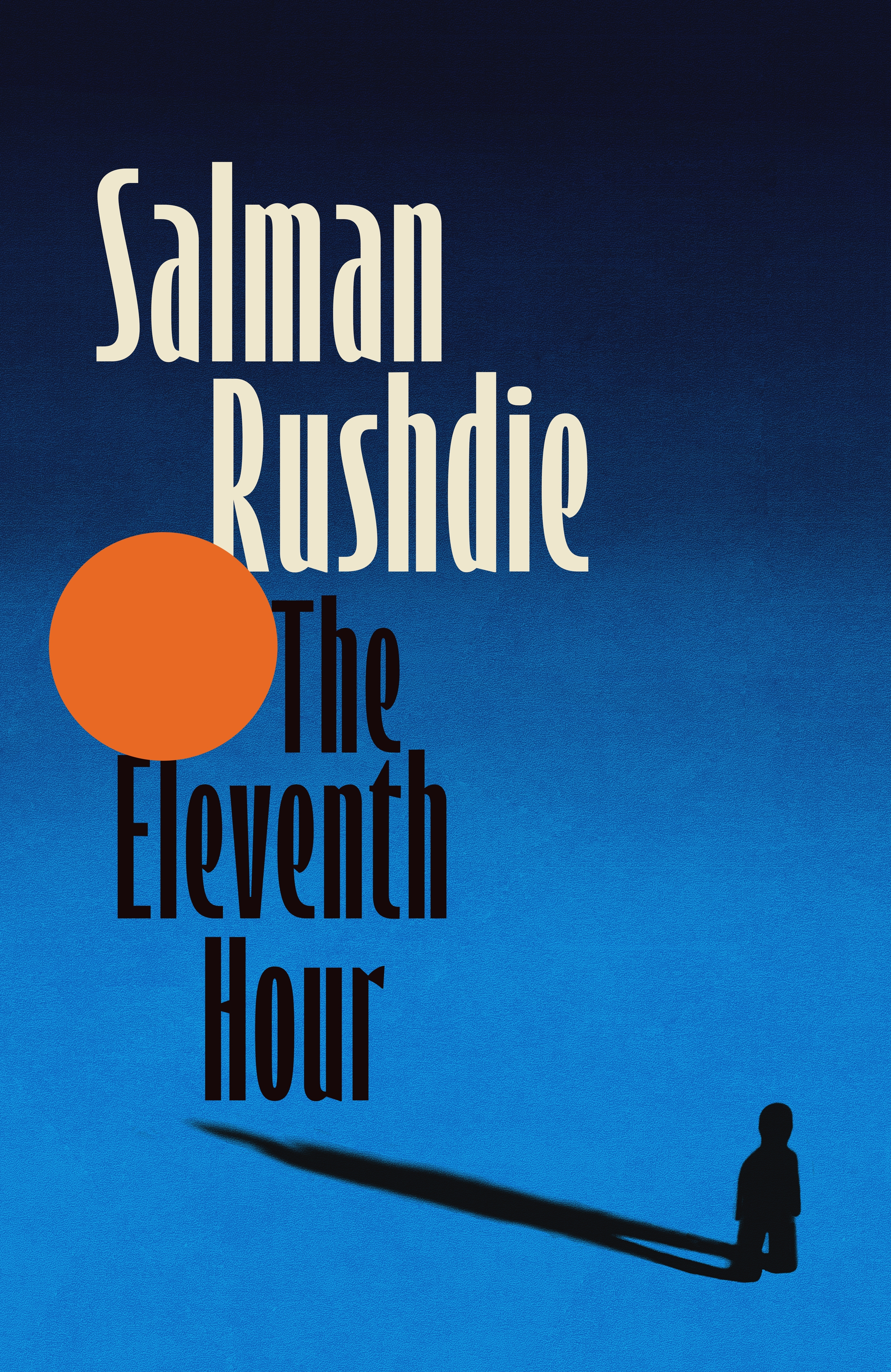
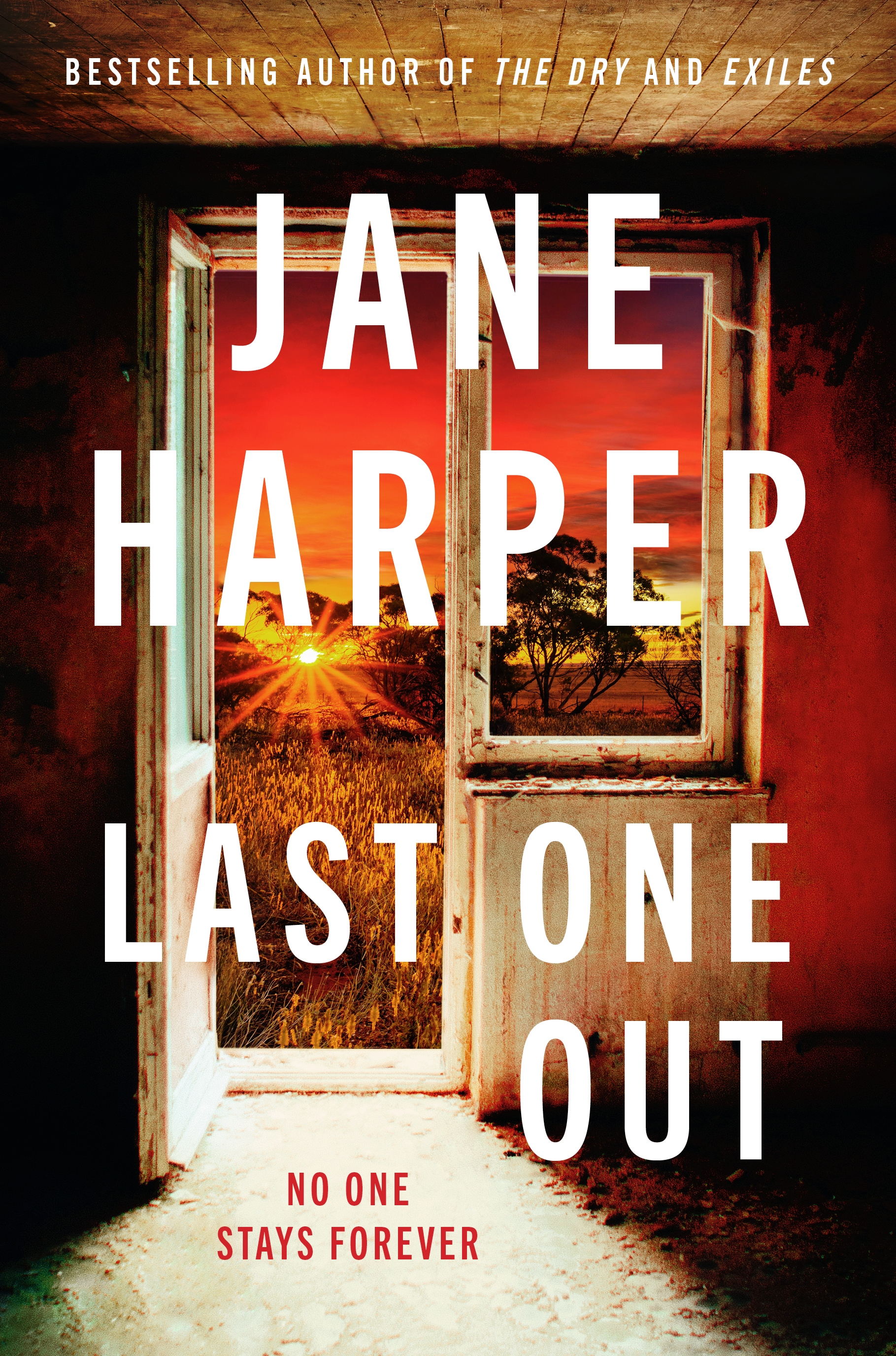
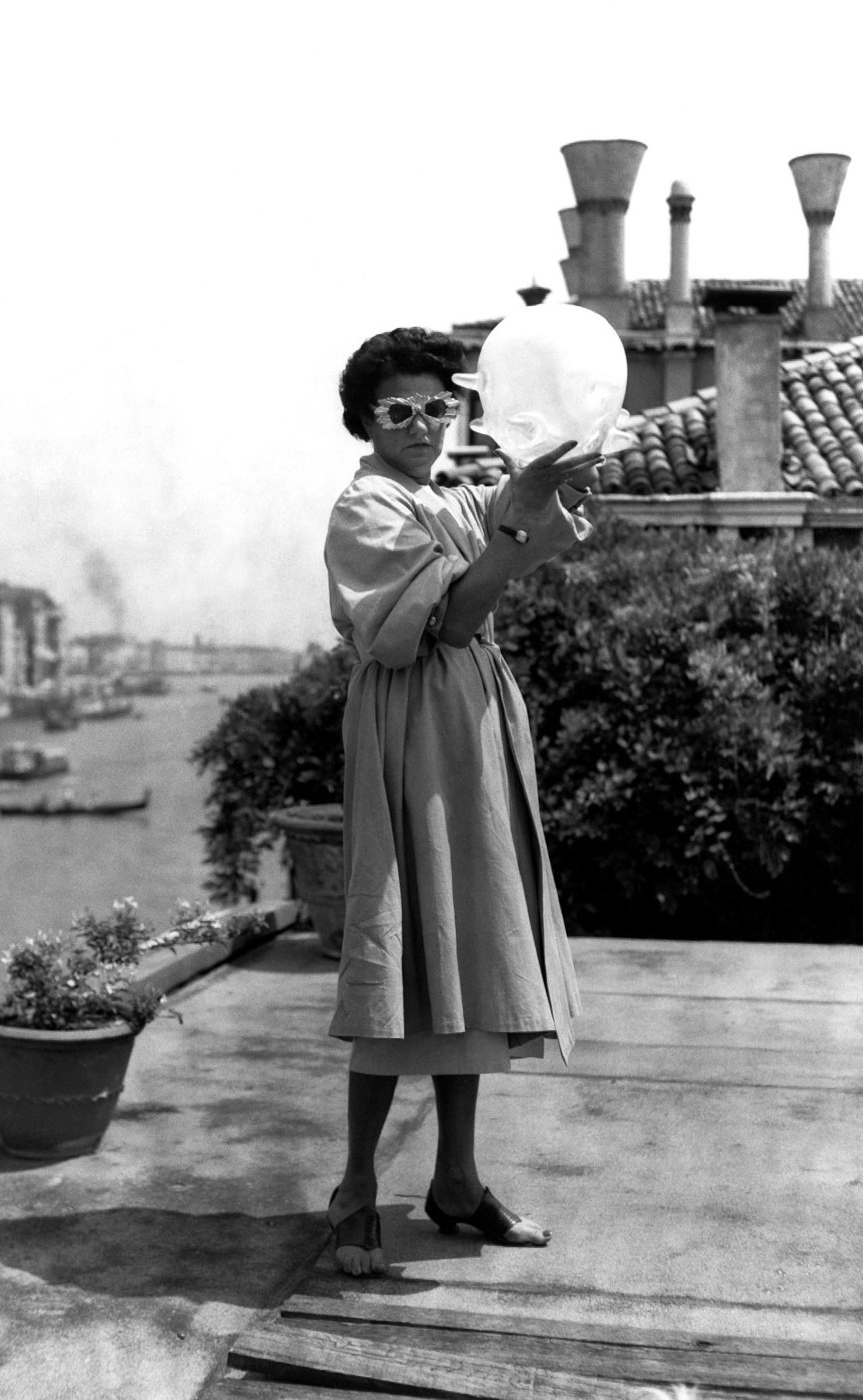
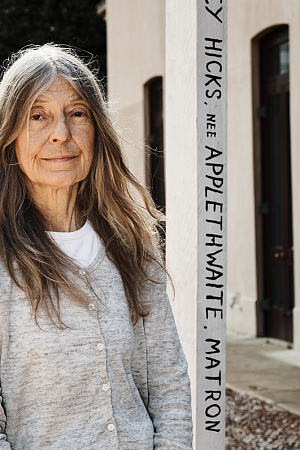
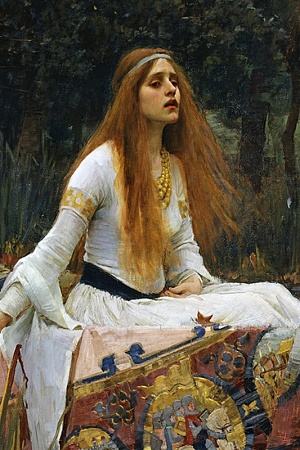
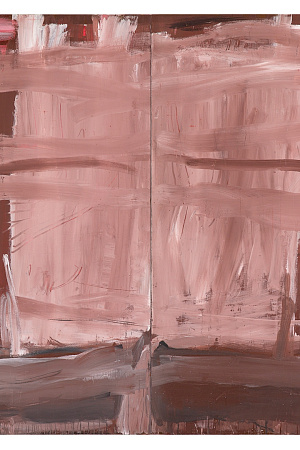
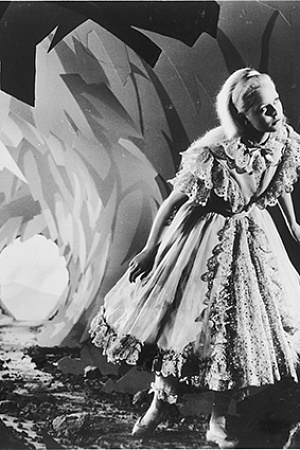
Leave a comment
If you are an ABR subscriber, you will need to sign in to post a comment.
If you have forgotten your sign in details, or if you receive an error message when trying to submit your comment, please email your comment (and the name of the article to which it relates) to ABR Comments. We will review your comment and, subject to approval, we will post it under your name.
Please note that all comments must be approved by ABR and comply with our Terms & Conditions.